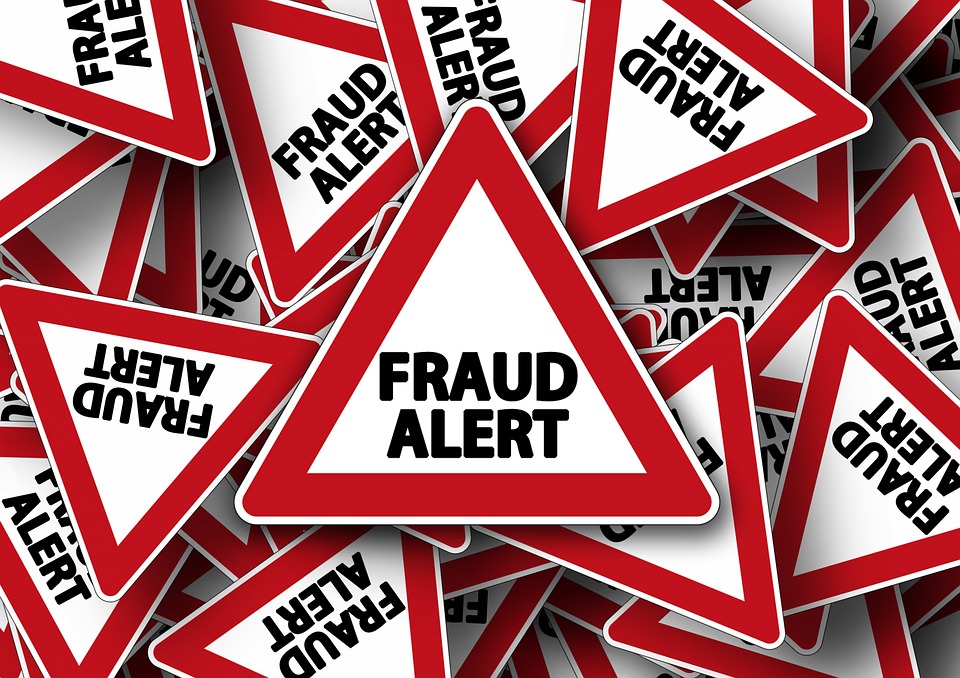This is a guest post from our partner, Kount:
I have always enjoyed hearing Jeff Foxworthy do his comic routine, “You might be a redneck if…” Not only is it funny, but it makes you rethink things that, at first, don’t seem out of the ordinary, but then, with a little more context, make perfect sense (albeit sometimes lacking in common sense).
Fraud is the same way. There are several symptoms of fraud that, at first glance, don’t raise any red flags, but upon further reflection and a few more details, actually show key signs of a major fraud problem.
So, with a nod to Mr. Foxworthy, here we go.
- If your chargeback rate is higher than 0.5 percent, you might have a fraud problem.
- A recent studied claimed that 58 percent of all chargebacks are due to fraud. If your chargeback rate is above 0.5 percent, you may be missing an obvious sign of fraudulent activity. This is, of course, a general benchmark and should be viewed as that. Based on the particular business, 0.5 percent chargebacks may be too low and in others, it may be 10 times too high. In either case, a high chargeback rate could indicate the presence of a fraud problem.
- If your decline rate is higher than 1 percent, you might have a fraud problem.
- Research shows that as many as 2.8 percent of all transactions online are declined due to the suspicion of fraud – not proven fraud, but just the possibility of fraud. The same research shows that fraud rates across the board are between 0.9 percent for legacy eCommerce and 1.36 percent in the mobile channel. What that means is you’re probably turning away some good, legitimate customers. This is a false positive and can be the reason for a loss in revenue and upset customers.
- If your manual review rate is higher than 10 percent, you might have a fraud problem.
- Manual review should be the last resort in fraud mitigation but yet all too often is the online merchant’s go-to technique. Manual review is time-consuming, expensive and not very scalable for growth. Sometimes, manual reviews are not even possible, like in the case of some digital goods purchases. High manual review rates indicate a lack of faith in the fraud screening system and can also be hiding a fraud problem. When manual reviews are high, fraud is usually present.
- If you have a lot of rules to run your fraud system, you might have a fraud problem.
- Systems that employ rules to help fraud screening should do just that – assist screening for fraud. They should not be the sole method of catching fraud. Too many rules can cause conflicts that result in a high rate of false positives and a high rate of declined legitimate transactions. Rules can be very effective in conjunction with artificial intelligence and other fraud screening features seen from a comprehensive fraud management system. If you are continuing to add rules to an already complex system to catch fraud and lower fraud rates, you might be the victim of fraud.

